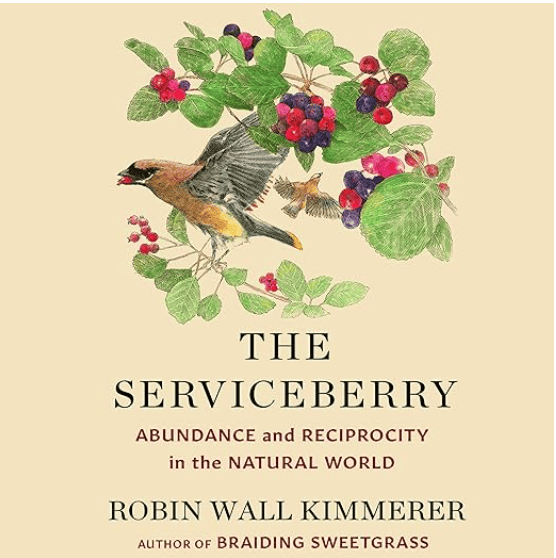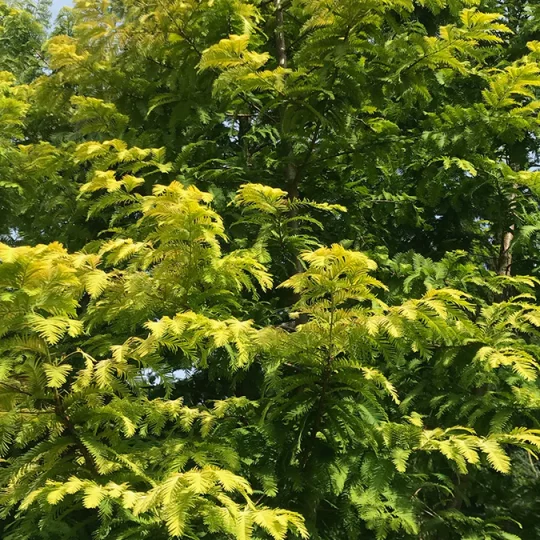Description
From Dr. Robin Wall Kimmerer, the #1 New York Times bestselling author of Braiding Sweetgrass, a bold and inspiring vision for how to orient our lives around gratitude, reciprocity, and community, based on the lessons of the natural world.
Dr. Kimmerer is Distinguished Teaching Professor at the SUNY College of Environmental Science and Forestry (ESF). As an Indigenous scientist Dr. Kimmerer harvests serviceberries alongside the birds, she considers the ethic of reciprocity that lies at the heart of the gift economy. How, she asks, can we learn from Indigenous wisdom and the plant world to reimagine what we value most? Our economy is rooted in scarcity, competition, and the hoarding of resources, and we have surrendered our values to a system that actively harms what we love. Meanwhile, the serviceberry’s relationship with the natural world is an embodiment of reciprocity, interconnectedness, and gratitude. The tree distributes its wealth—its abundance of sweet, juicy berries—to meet the needs of its natural community. And this distribution insures its own survival. As Dr. Kimmerer explains, “Serviceberries show us another model, one based upon reciprocity, where wealth comes from the quality of your relationships, not from the illusion of self-sufficiency.”
As Elizabeth Gilbert writes, Robin Wall Kimmerer is “a great teacher, and her words are a hymn of love to the world.” The Serviceberry is an antidote to the broken relationships and misguided goals of our times, and a reminder that “hoarding won’t save us, all flourishing is mutual.”
Copies of this important book are bundled with two Serviceberry bushes sourced from St. Lawrence Nursery in Potsdam, New York.
Juneberries (also called Serviceberry)
In Canada they are known as “Saskatoons.” Plant breeders have worked with Juneberries (the native shrub is sometimes called Serviceberry or Shadblow) since the early 1900s, breeding for size and quality of fruit and for higher production. Similar to a blueberry in looks and taste, the fruit hangs in clusters from spreading, open, vase-shaped bushes which vary in height from 6-10 feet (most Amelanchier alnifolia) to 20-25 ft (Autumn Brilliance.) Suckering, the sprouting of multiple stems from the root, is considered a desirable quality, since it increases the fruiting capacity of the bush. Plants are initially small, and benefit from being set into a garden spot for 1-2 years, where they will receive extra watering and weeding, before being moved to their permanent location. For many people, Juneberries are easier to grow than blueberries because they do not require acid soils. They grow well on a variety of soils, but prefer a loamy site with a pH of 6.0-7.0. It can be moist but not constantly wet.
Teatown PlantFest “Serviceberry Package” Price $80
One copy of The Serviceberry by Robin Wall Kimmerer
1 – ‘Lee #3’ Grows to 10’-12’ at maturity with intense fruit color and flavor
1 – ‘Fergie’ Grows only to 5’ at maturity with later bloom, tasty fruit and bright autumn color







